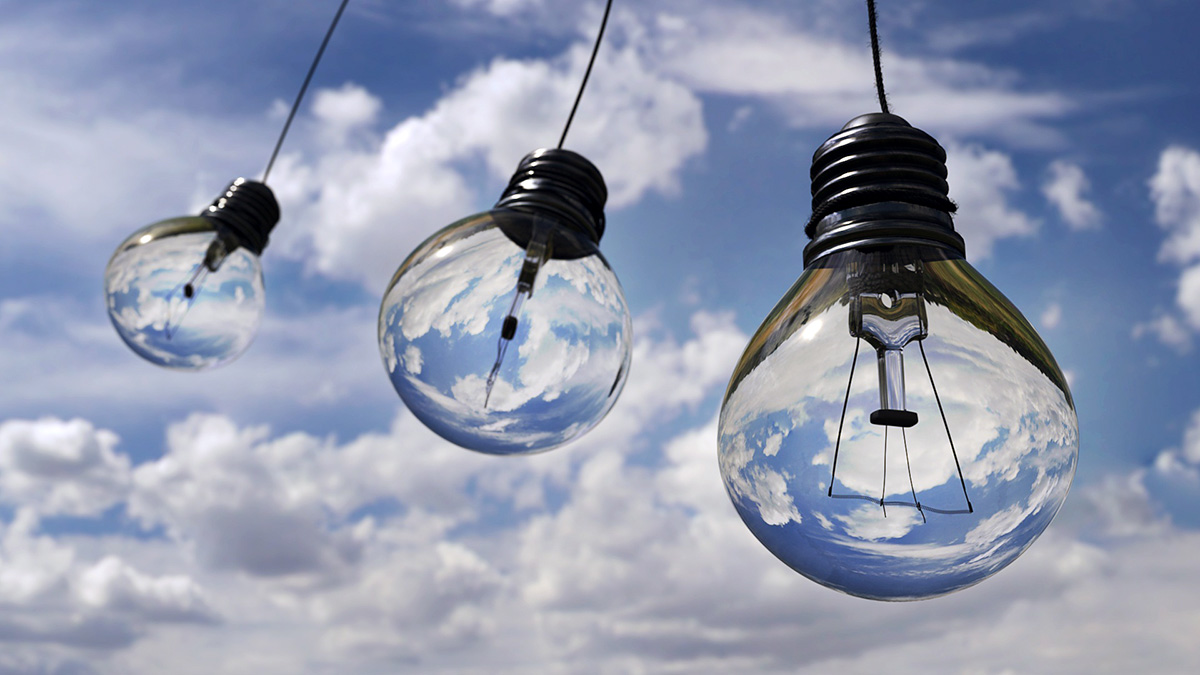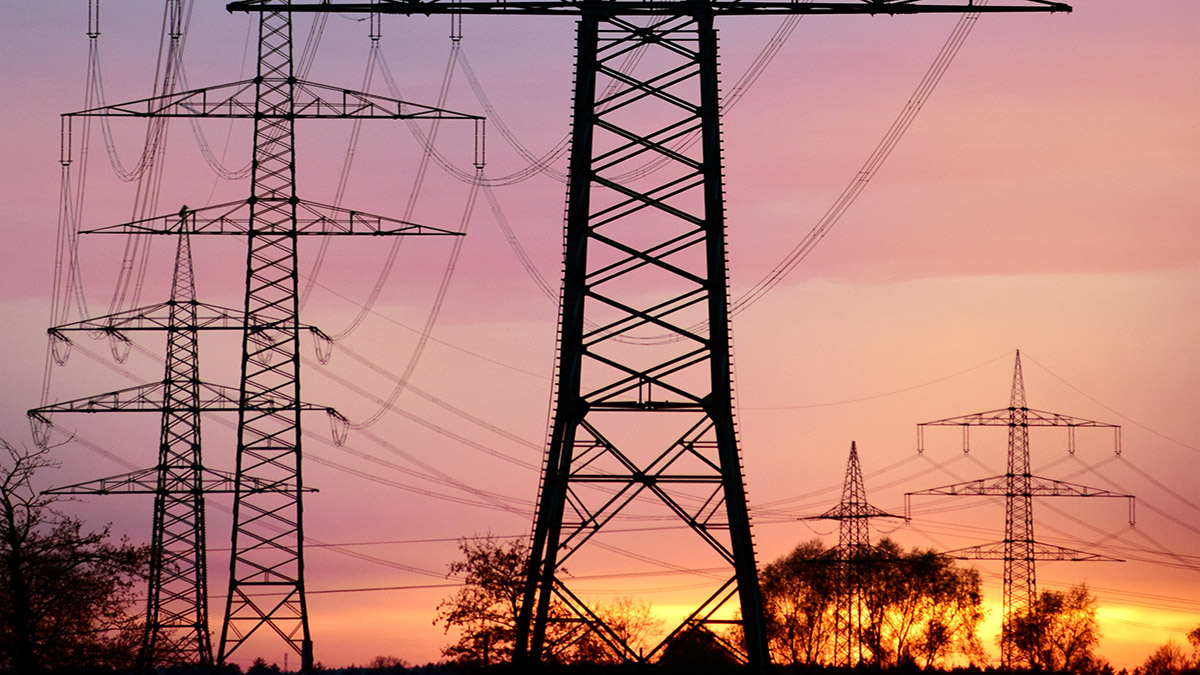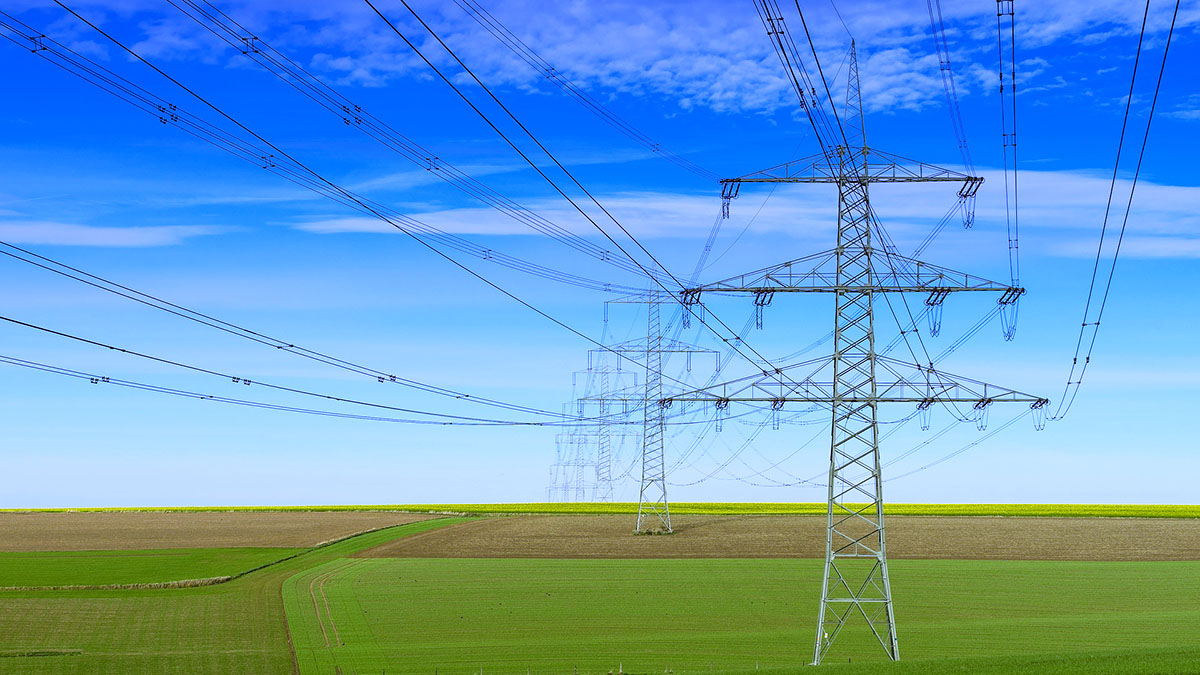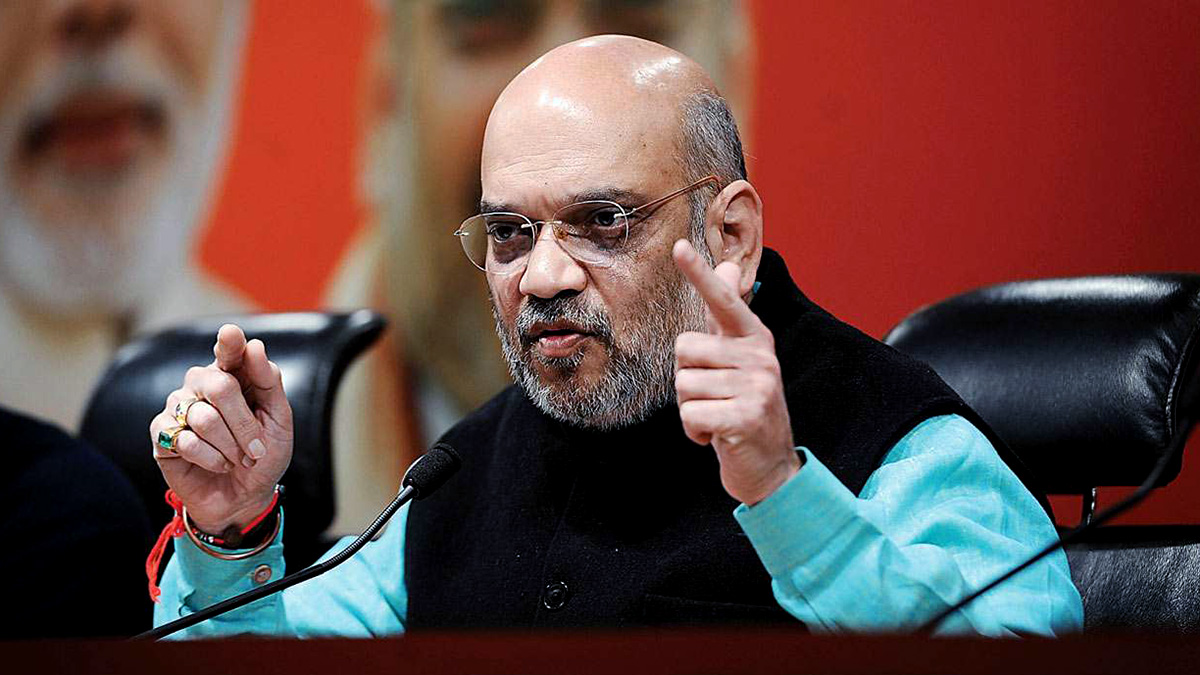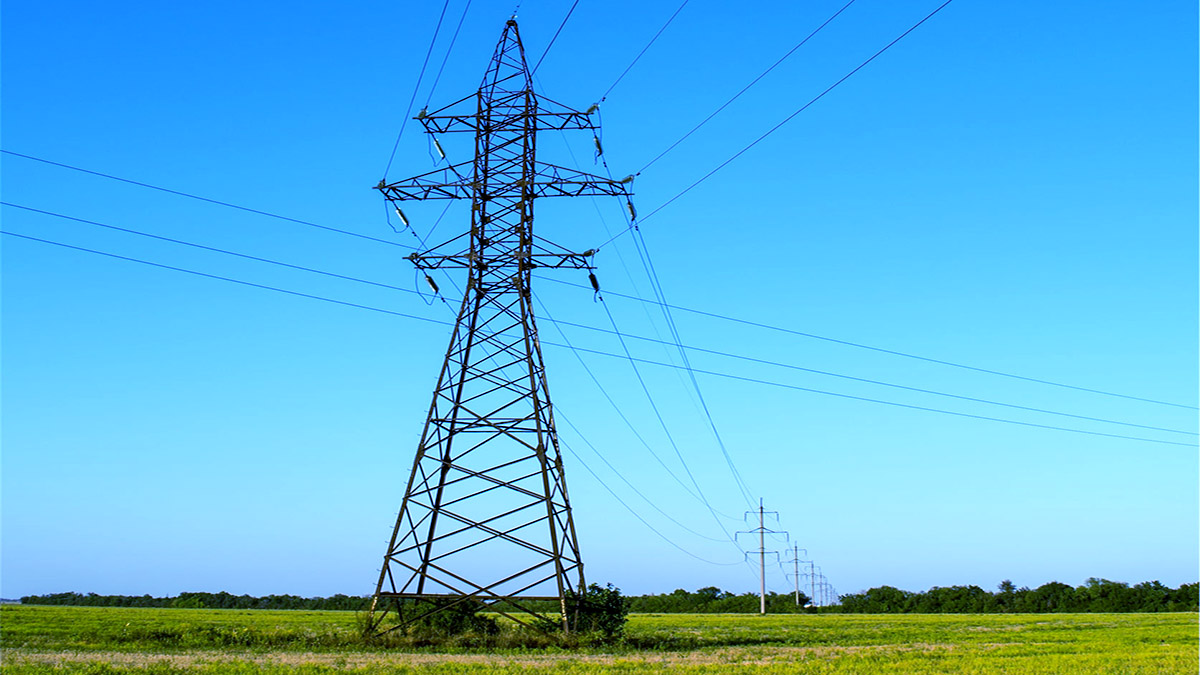The Union power ministry on Monday said that peak power demand deficit in the country was almost wiped out in 2020-21 period. Providing statistics, the ministry said the deficit stood at 0.4% in 2020-21 compared to 16.6% in 2007-08 and 10.6% in 2011-12.
In the current year (2021-22) till October, the peak power demand has been (-)1.2% and the marginal spike was attributable to the annual post monsoon pressure on power output. This is also likely to normalize by the end of the year, the ministry said in a statement.
According to the statement, India had a massive power deficit of 16.6% in 2007-08 and in 2011-12, it was 10.6%. Through the multi-pronged, comprehensive and aggressive interventions of the government, this deficit is near about wiped out, consistently over the last three years — 0.4% in 2020-21, 0.7% in 2019-20 and 0.8% in 2018-19, the statement said.
This transformation from an acutely power deficit country to a situation of demand being met, except for an extremely marginal shortfall of less than 1%, has been made possible by the schemes brought in by the current government to address the unhappy situation, it noted.
The schemes include Deen Dayal Upadhyaya Gram Jyoti Yojana (DDUGJY), which was brought in July, 2015 for infrastructure push in the rural sector and the Integrated Power Development Scheme (IPDS), which was introduced in November 2014, to address power infrastructure gaps in urban areas.
The statement said the Pradhan Mantri Sahaj Bijli Har Ghar Yojana (Saubhagya) scheme launched in September, 2017 had the vision to take electricity to every household (willing). It has been able to supply electricity connections to 2.8 to crore households which were hither to in darkness, it added.
In the last nearly seven years, the augmentation of the installed power capacity in the country has been 1,55,377 MW.


